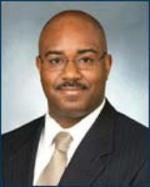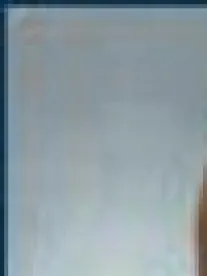A sharply divided panel of the U.S. Court of Appeals for the Federal Circuit, addressing the requirements for direct infringement if more than one party performs the steps of the patented method, ruled that the doctor-patient relationship was insufficient to show that the patient was acting under the direction or control of the doctor. McKesson Techs. Inc. v. Epic Sys. Corp., Case No. 10-1291 (Fed. Cir. Apr. 12, 2011) (Linn, J.) (Bryson, J. concurring) (Newman, J., dissenting).
McKesson’s patent is directed to a method of electronic communication between healthcare providers and patients involving personalized web pages for doctors and their patients. Epic’s MyChart software allows healthcare providers to associate medical records with a personalized web page. Epic did not directly use the software, but licensed MyChart to doctors who provided the software as an option for their patients’ use. McKesson sued Epic for inducement of infringement. Both McKesson and Epic agreed that the first step of McKesson’s method claim (“initiating a communication”) was performed by the patient, while the remaining steps were performed by doctors. McKesson alleged that this was sufficient to attribute the “initiating a communication” step to the doctors. The district court disagreed and granted summary judgment in favor of Epic. McKesson appealed.
The panel affirmed the district court’s ruling, stating that under BMC Resources v. Paymentech (see IP Update, Vol. 10, No. 10), Muniauction v. Thomson (see IP Update, Vol. 11, No. 7) and Akamai Techs. v. Limelight Networks (see IP Update Vol. 14, No. 1), which was vacated by an en banc order (see IP Update, this edition), there can only be joint infringement if there is an agency relationship between the parties who perform the method steps or when there is a contractual obligation on the part of one party to the other to perform the steps. The patients were not agents of the doctors, nor did the doctors require their patients to use the software; therefore, the panel rejected McKesson’s argument that the doctor-patient relationship gave the doctor effective control over the “initiating a communication” step.
Judge Newman, in dissent, attacked the entire line of precedent beginning with BMC Resources, arguing that the limitations on the finding of joint infringement announced in that case contradicted both prior Federal Circuit and Supreme Court precedent and holding that previous cases had taken the position that direct infringement could be performed by two parties acting in concert, regardless of whether there was any sort of agency or other relationship between the parties. Seemingly inviting a request for rehearing en banc, the dissent noted that these prior cases “never had an en banc reversal” and therefore should be considered the law of the circuit until an en banc panel found otherwise.
Judge Bryson’s concurrence also seemed to invite a request for rehearing en banc, noting that “the decision in this case is correct in light of this court’s decision in BMC Resources, Muniauction and Akamai Technologies. Whether those decisions are correct is another question, one that is close enough and important enough that it may warrant review by the en banc court in an appropriate case.”
Practice Note:
As of the time of press, McKesson’s expedited consideration of a request for a rehearing en banc was granted and the Federal Circuit issued an en banc order identifying the following questions to be addressed:
1. If separate entities each perform separate steps of a method claim, under what circumstances, if any, would either entity or any third party be liable for inducing infringement or for contributory infringement? See Fromson v. Advance Offset Plate, Inc., 720 F.2d 1565 (Fed. Cir. 1983).
2. Does the nature of the relationship between the relevant actors—e.g., service provider/user; doc-tor/patient—affect the question of direct or indirect infringement liability?
On April 20, 2011, the Federal Circuit granted en banc review of its decision in Akamai (see IP Update, this edition) on essentially the same issue.




 />i
/>i

